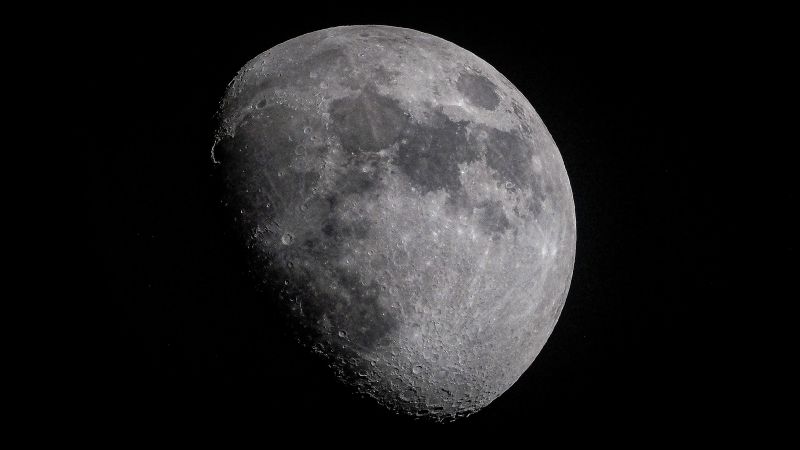CNN brings you the latest in the renewed space race as the United States and its allies, along with China, strive to establish permanent settlements on the moon. This endeavor has brought into focus the complexities of timekeeping in space, with NASA and its international partners working to create a new time scale specifically for the moon.
Cheryl Gramling, the lunar position, navigation, and timing and standards lead at NASA’s Goddard Space Flight Center, clarified that the aim is not to establish a new “time zone” on the moon, as some headlines have suggested. Rather, the goal is to develop an entirely new system of time measurement that accounts for the fact that seconds pass faster on the lunar surface compared to Earth.
Following a recent directive from the White House, NASA is tasked with outlining plans for this new time scale by December 31st, with implementation targeted by the end of 2026. This timeline coincides with the space agency’s plans to return astronauts to the moon for the first time in five decades.
Experts emphasize the importance of accurately tracking lunar time, especially for astronauts carrying out exploratory missions and scientific investigations on the moon’s surface. A framework for keeping time on the moon will be crucial for coordinating activities and ensuring communication among personnel.
While dealing with the intricacies of relativity and the effects of gravity on time, scientists have established atomic clocks on Earth to maintain precise timekeeping. These clocks help create Coordinated Universal Time (UTC), which serves as a standardized global time reference. Leap seconds are occasionally added to UTC to adjust for changes in Earth’s rotation speed.
As we venture further into space, maintaining accurate time becomes increasingly challenging. Special relativity theory dictates that time passes slower the faster an object moves, adding another layer of complexity for missions beyond Earth’s orbit. However, with decades of experience managing timekeeping for spacecraft and satellites, scientists are prepared to address these challenges as we reach for the stars.












